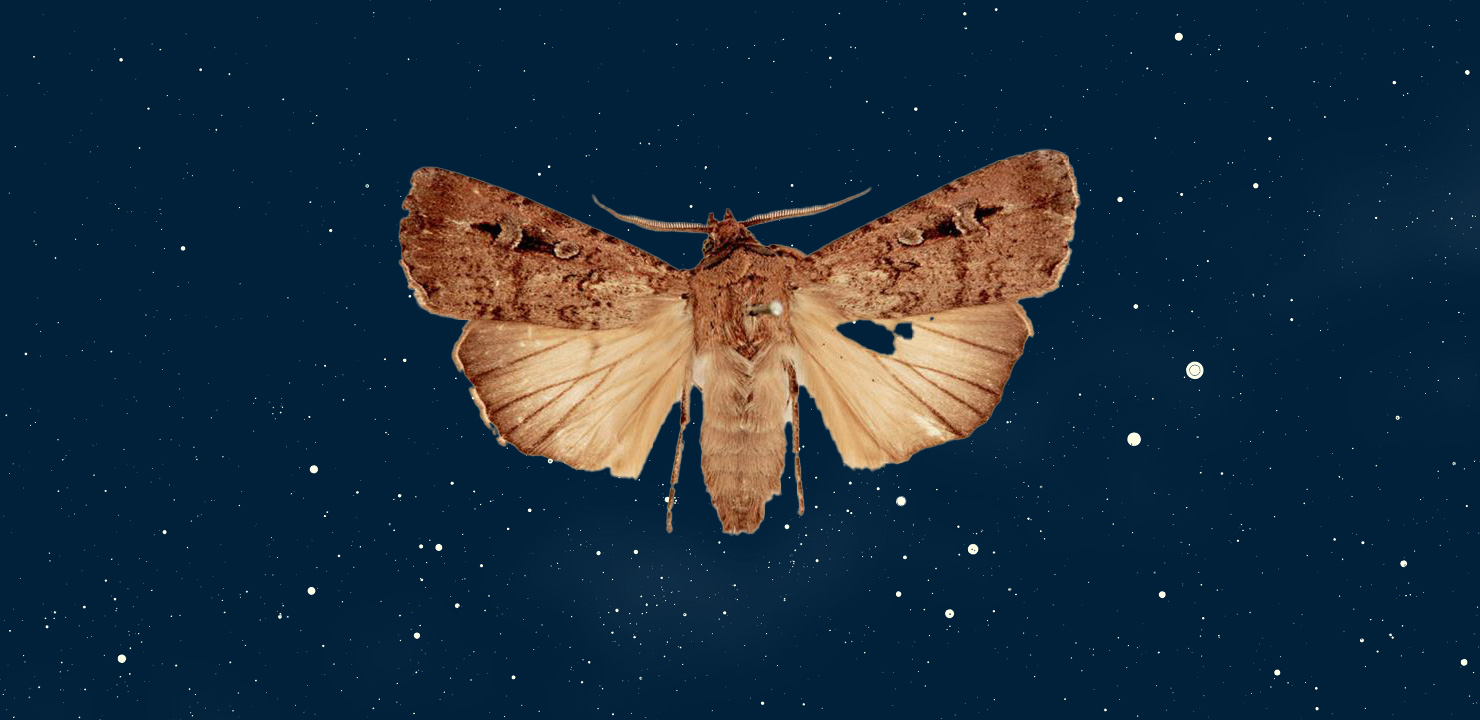
Night Flight of the Australian Bogong Moths
November 2025 :
We always associate migration with birds, and sometimes monarch butterflies, although it’s often hard to believe that insects can live longer to go anywhere. Also, the process of traveling hundreds, sometimes thousands of miles, for them should be daunting. And, yet, there are also other insects that migrate long distances.
Right now, here in New England we are experiencing the shorter, and cooler days of autumn and, eventually, winter; however, in the Southern Hemisphere, the opposite is true; spring is occurring, on the way to summer. Down there, migration also takes place. As an example, witness the Bogong moth.
In the Australian spring, billions of Bogong moths migrate over 600 miles to cave walls in the Australian Alps, where they have never before visited. Needing to keep cool from summer’s heat, they travel en masse to these caves. Then, when the weather cools, they move back northwest to their breeding grounds, where they eventually die.
How do they do this traveling, when it was found their brains are smaller than rice grains? It appears they have a set of internal compasses, one part of which uses our planet’s magnetic field, the other, the night sky.
These insects are rather small, with a wingspan of only two inches long, and tiny eyes. But, despite their size, in earlier times they were an important food source. But now, because of their incredible migration process, they are considered a valuable cultural resource.



